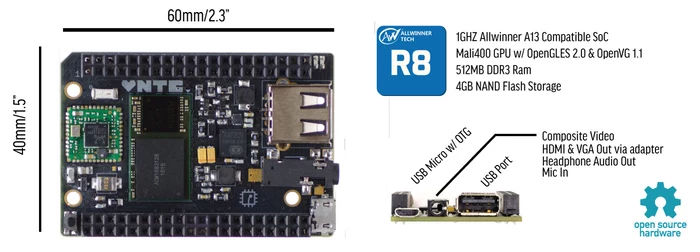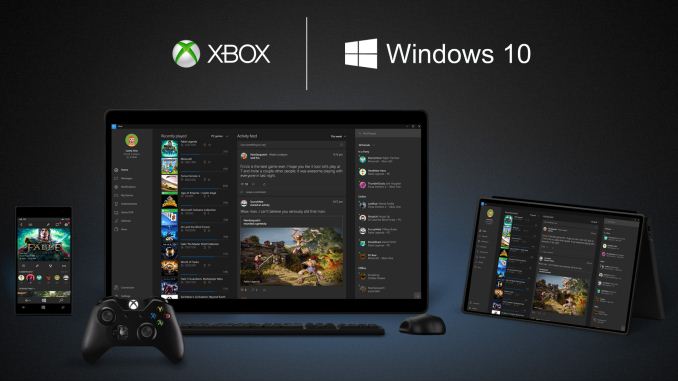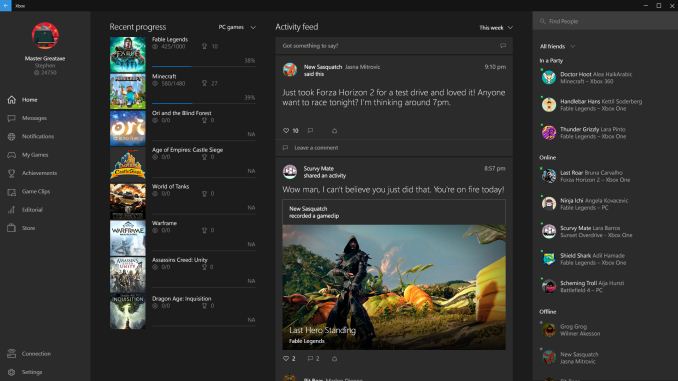By
Janet Novack, Forbes Staff
Over the last 15 years, the Social Security Administration’s Office of
the Chief Actuary has consistently underestimated retirees’ life
expectancy and made other errors that make the finances of the
retirement system look significantly better than they are, a new study
by two Harvard and one Dartmouth academics concludes. The report, being
published today by the Journal of Economic Perspectives,
is the first, the authors say, to compare the government agency’s past
demographic and financial forecasts with actual results.
In a second paper appearing today in
Political Analysis,
the three researchers offer their theory of why the Actuary Office’s
predictions have apparently grown less reliable since 2000: The civil
servants who run it have responded to increased political polarization
surrounding Social Security “by hunkering down” and resisting outside
pressures—not only from the politicians, but also from outside technical
experts.
“While they’re insulating themselves from the politics,
they also insulate themselves from the data and this big change in the
world –people started living longer lives,’’ coauthor
Gary King, a leading political scientist and director of Harvard’s Institute for Quantitative Social
Science, said in an interview Thursday. “They need to take that into account and change the forecast as a result of that.”
In its annual report last July, Social Security predicted its old age
and disability trust funds, combined, would be exhausted in 2033 and
that after that point the government will have enough payroll tax
revenues coming in to pay only about three quarters of promised
benefits. King said his team hasn’t estimated how much sooner the fund
might run out, but described it as in “significantly worse shape” than
official forecasts indicate.
In addition to underestimating recent
declines in mortality (i.e. increases in life expectancy) for those 65
and older, the Actuary has overestimated the birth rate—meaning the
number of new workers who will be available to pay baby boomers their
benefits 20 years from now , the researchers assert.
Before 2000, the
Actuary also made errors, but they went in both directions and the
Actuary was readier to adjust the forecasts from year to year as new
evidence came in, King said. Since 2000, he added, the errors “all are
biased in the direction of making the system seem healthier than it
really is.’’
A Social Security spokesman said today that Chief Actuary Stephen
Goss couldn’t comment on the papers because he wasn’t provided them in
advance and is tied up today in meeting with the Social Security
Advisory Board Technical Panel. But he pointed to an
Actuarial Note Goss and three colleagues published in 2013 in response to a
New York Times op-ed by King and one of his current coauthors,
Samir Soneji, an assistant professor at Dartmouth’s Institute for
HealthPolicy
& Clinical Practice.
In that op-ed, they attacked the Actuary’s
methods of projecting mortality rates and predicted the trust fund would
be depleted two years earlier than predicted. In their response, Goss
and his colleagues called Kind and Soneji’s methods of predicting death
rates “highly questionable” and noted that the Actuary’s methods have
been audited since 2006 by an independent accounting firm and received
unqualified opinions.
The dust-up might be ignored as bickering by the pointy heads, if it weren’t so consequential. In a
recent Gallup survey,
36% of workers said they were counting on Social Security as a major
source of retirement income. Differences over the estimates are
important, King observed, because they affect “basically half of the
spending of the U.S. government,’’ including Medicare. Moreover, the
forecasting assumptions affect the projected impact of any proposed
changes to the program.
In their political paper, King, Soneji and
Konstantin Kashin, a PhD candidate at King’s institute, recount how
partisan fighting over Social Security intensified in the late 1990s,
when conservatives began arguing the program was unsustainable and
should be partially privatized, with younger workers offered individual
savings accounts. In 2001, newly elected President George W. Bush
appointed a commission intended to support such a change, but he put the
issue aside after the September 11 terrorist attacks. After his
reelection in 2005, however, Bush started pushing for changes in a
series of town halls and speeches that, the paper notes, put the Social
Security actuaries under “an extreme form of political pressure.’’
Democrats
and news reports pointed to changes in the language used by the Social
Security Administration that seemed (in line with White House policy) to
emphasize that the program was not financially sustainable. Goss openly
clashed with a Republican Social Security Commissioner.
Bush’s
privatization push flopped and during recent elections Republicans have
attempted to cast themselves as the protectors of Social Security, which
enjoys strong support from voters across the political spectrum. In
2013, after President Obama proposed a deficit reduction deal that,
along with raising taxes on the rich, would have chipped away at
inflation adjustments in Social Security, the idea was attacked by
politicians from both parties.
But the problem of how to solve
the system’s long term funding deficit has hardly gone away and the
partisan divide seems to be widening again.
Democrats have slammed
a provision adopted by the new Republican Congress that they would
block a transfer of money from the Social Security old age fund to the
Social Security disability fund, which will be depleted next year. They
say such transfers have been routine in the past and that it is a ploy
by Republicans to force cuts tor retirement program too. Last month,
Republican New Jersey Gov. Chris Christie, a possible Presidential
candidate, proposed that the age for receiving full Social Security
benefits be raised gradually to 69 and that benefits be limited for
individuals with more than $80,000 in other income and ended completely
for those earning more than $200,000.
King emphasized that there
is “no evidence whatsoever,” that Goss and his actuaries are bending to
political pressure from either Democrats or Republicans. On the
contrary, he said, while resisting such pressure, they’ve put too high a
value on remaining consistent in their forecasts, in part because they
don’t want to “panic” the public. “They’re trying to show the numbers
don’t change because they think it will inspire confidence. Maybe in the
very short run it will inspire confidence by not changing the numbers.
But having the numbers be wrong doesn’t inspire confidence at all,’’
King said.
The political paper asserts that Goss has resisted
changes in forecasting assumptions suggested by the Social Security
Advisory Board’s Technical Panel on Assumptions and Methods—a panel of
actuaries and economists that meets once every four years and is in
session now. In some cases, the paper claims, the Actuary has made
some suggested change in an assumption, but then changed another,
unrelated assumption in the opposite direction “to counterbalance the
first and keep the ultimate solvency forecasts largely unchanged.”
In
their 2013 Actuarial Note, however, Goss and his colleagues say that
while the 2011 Panel did push for faster changes in mortality
assumptions, the panel’s recommendations, if adopted in full, would have
actually resulted in a projection that the Social Security trust funds
would run out a year later.
King, who presented his own findings
to the Technical Panel yesterday, is pushing for one big change in the
Actuary’s practices that he says the Panel has also favored: making all
the Actuary’s data and methods open for scrutiny by others.
“This
is a period of big data. When you let other people have access to data,
things like Money Ball happen,’’ King said. In addition to new
algorithms, he said, the government actuaries need to take note of
recent findings about unconscious bias by researchers and apply new
methods social scientists have developed to guard against such bias.
“Four
hundred years ago you had people sitting in a monastery and thinking
they thought great thoughts and that was their entire life,’’ King said.
“Now we check on each other. If they would leave things open they’d
have so much help and they’d be better off politically because their
forecasts would be better.”










 Students in Cape Town, South Africa, cheer after the statue of
British colonialist Cecil Rhodes is removed from the University of Cape
Town April 9, 2015. The statue was removed as a result of a monthlong
protest by students saying the statue glorified someone “who exploited
black labor and stole land from indigenous people.”
Students in Cape Town, South Africa, cheer after the statue of
British colonialist Cecil Rhodes is removed from the University of Cape
Town April 9, 2015. The statue was removed as a result of a monthlong
protest by students saying the statue glorified someone “who exploited
black labor and stole land from indigenous people.”



